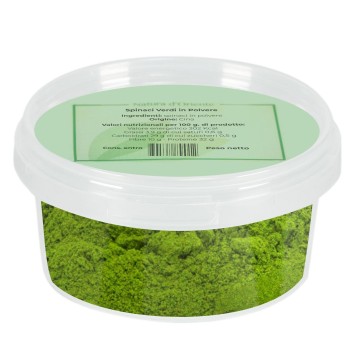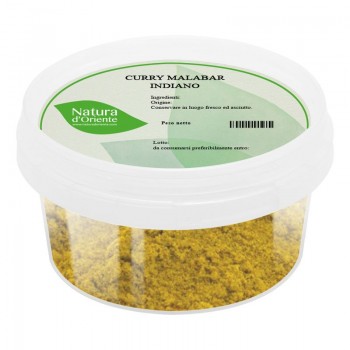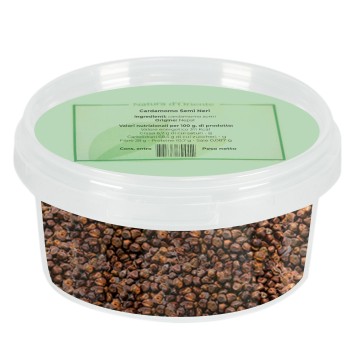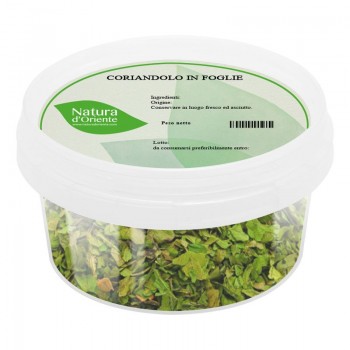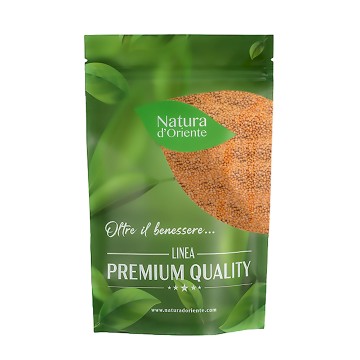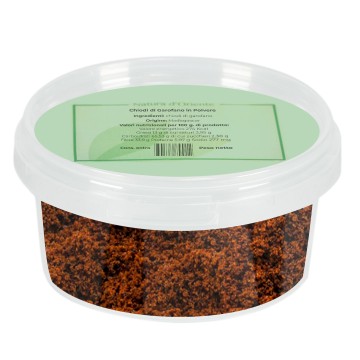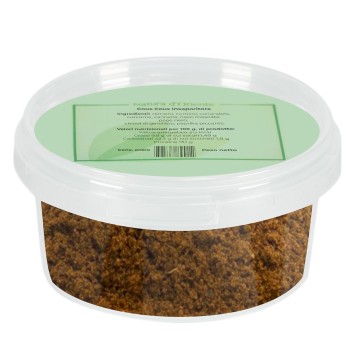Whole chili pepper: properties, benefits:
The name whole pepper actually does not indicate a pepper but a type of chili pepper from the Capsicum annuum plant, probably the most cultivated in the world which, in addition to the whole variety, also includes the common red chili pepper, extremely widespread in Italy.
Some consider it less spicy and gentler than the spicy red chili pepper typically used in Italy and therefore more suitable for fish. A preparation that allows you to use this spice in an original way to flavor bruschetta or grilled meat is that of olive oil flavored with cayenne pepper.
Origins and historical notes:
Chili pepper comes from far away and has a very ancient history. From Montezuma to Columbus, chili pepper is an important element in all pre-Columbian civilizations where we find it as a protagonist in all pre-Columbian civilizations. Among the Aztecs, the Mayans and the Incas it is a plant considered sacred and also used as a currency of exchange.
In all these millennia, the chili pepper has been used as a sacred fruit, as a medicine, as an aphrodisiac, as an instrument of magic and torture and as a great flavoring. Combined with beans, but also with chocolate. In Europe the chili pepper arrived with Christopher Columbus who met him during his first voyage. On the second voyage in 1494, Columbus's collaborators, led by the ship's doctor Diego Alvarez Chanca, started the cultivation and brought the chili pepper to the Royals of Spain. Sixty years later it spread throughout Spain.
From here it spread throughout the old continent and also to Italy. Christopher Columbus, his collaborators and the Royals of Spain were convinced they had got their hands on a big business.
However, the chili pepper betrayed all expectations of easy profits. There was no business for three reasons. Because it was not appreciated by the rich and nobles, who did not appreciate its spicy flavor. Because the ease of cultivation of the plant, which also takes root in a pot, eliminated the need for travel and trade with the land of origin. And finally the negative judgment of the Church that branded it as "instigator of insane intentions".
Axi was the name by which the chili pepper was called by the natives known by Columbus. In Europe it was then called Indian pepper, horned pepper, siliquastro. Starting from the seventeenth century, however, the name was characterized autonomously.
In the 18th century, the scientific name Capsicum was established. The term chili pepper is very recent, appearing for the first time at the end of 1800 as a diminutive of pepper. For the gastronomic affirmation of chili pepper at the highest levels of Italian and European society we have to wait until the beginning of the twentieth century.
In those years chili pepper was widespread only among the less well-off working classes, the farmers of the south who used it to flavor their humble dishes, thus earning the nickname "poor man's spice".
It was love at first sight with the poor cuisine. The chili pepper gave flavor to foods that didn't have any, preserved meat when there were no refrigerators, with its disinfectant properties it was of help to the populations of hot countries. So in a short time it spread among the poor populations with monotonous diets and lacking in vitamins.
With chili pepper the Mexicans flavored tortillas, the Africans cassava, the Asians, the southern regions and especially Calabria made their poor and vegetarian cuisine lively.
With their imagination they have created authentic "gastronomic jewels". Today chilli peppers are widespread throughout the world and after sea salt they are the most used food.
In Europe the nation that consumes them the most is Hungary where a powder made with a sweet variety called Paprika prevails. France and Spain follow where there are the only chilli peppers with the European quality mark with the European quality mark: Espelette pepper in France and Pimiento del piquillo in Spain.
In Italy chilli peppers are widely used in the southern regions and especially in Calabria. They are used fairly well in Greece, especially in Macedonia. In England spicy condiments such as Curry and Chutney are loved.




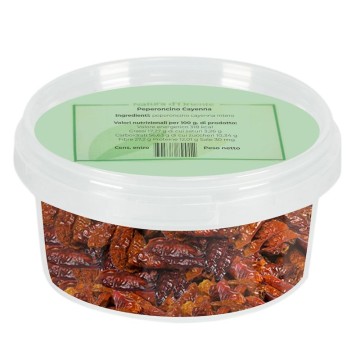


 No reward points for this product.
No reward points for this product.
